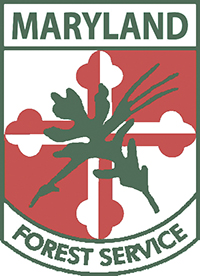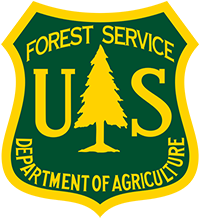Maryland Forests Story Maps
Main_Content

 Story maps are stand-alone web-based resources that – as the title suggests – lead a viewer through a narrative through an interface that can combine maps, text, videos, photos, and other media with templates, map interfaces, and navigation devices designed by Esri. Though the story itself may be linear, GIS-based map layers add multiple dimensions, allowing users to interactively find information for the locations they’re most interested in.
Story maps are stand-alone web-based resources that – as the title suggests – lead a viewer through a narrative through an interface that can combine maps, text, videos, photos, and other media with templates, map interfaces, and navigation devices designed by Esri. Though the story itself may be linear, GIS-based map layers add multiple dimensions, allowing users to interactively find information for the locations they’re most interested in.
Storymaps were created by the Community College of Baltimore County Center for Mapping and Analysis. Funding provided by a generous grant from the US Forest Service Forest Inventory and Analysis (FIA) Program